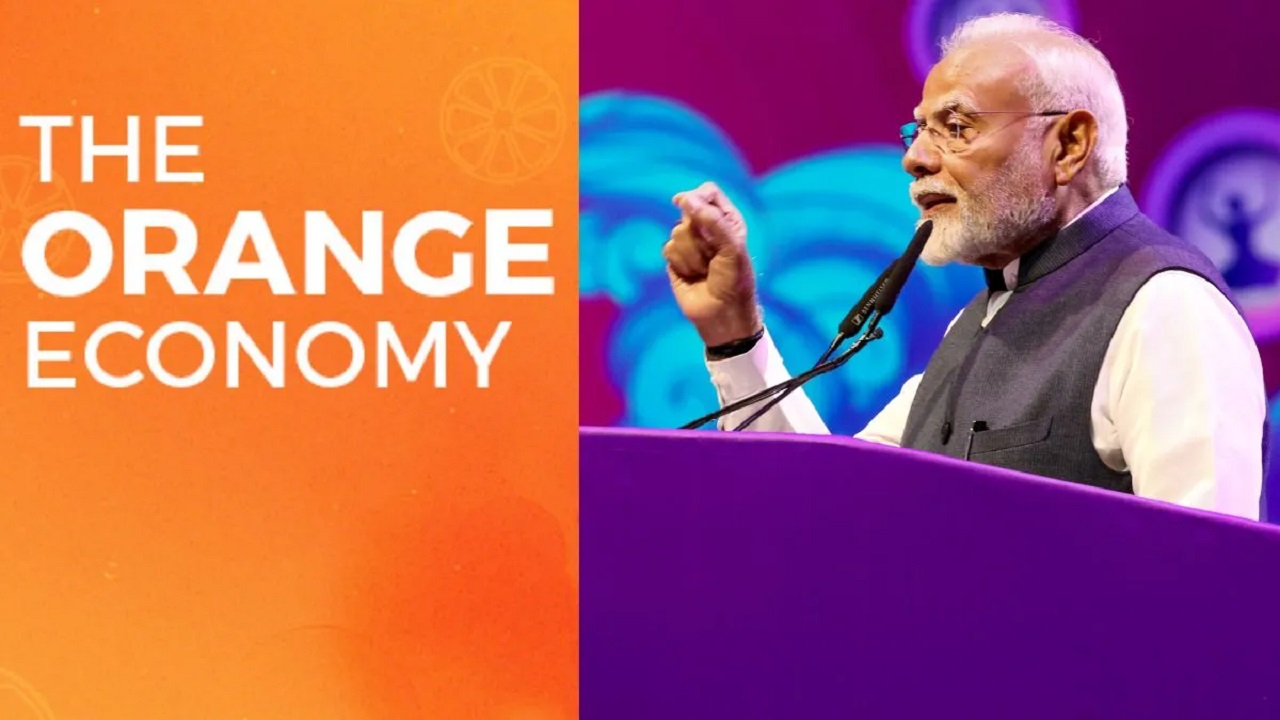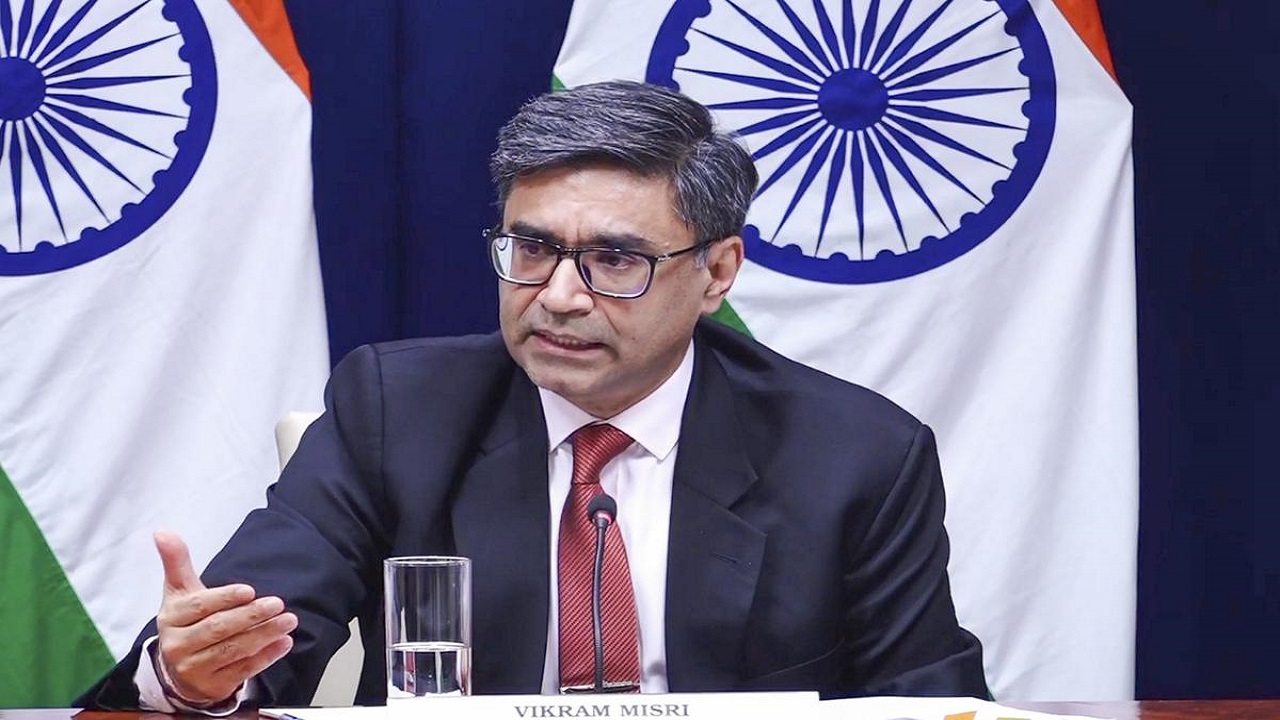Orange Economy: India’s New Engine of Innovation and Development
Context : Recently, at the World Audio Visual and Entertainment Summit (WAVES) 2025 held in Mumbai, the Prime Minister highlighted India’s growing prominence in the global creative economy, also known as the orange economy. This signals a strategic shift to leverage culture, creativity, and intellectual property (IP) as engines of economic and sustainable development.
About Orange Economy
The orange economy, also called the creative economy, refers to economic activities driven by creativity, culture, knowledge, and intellectual property. It integrates economic, cultural, and social factors while interacting with technology, innovation, and tourism to promote development.
Key features:
-
Represents knowledge-based economic activities grounded in individual creativity, skill, and talent.
-
Generates unique, innovative, intellectual property–rich outputs rather than mass production.
-
Connects diverse sectors across economic, cultural, technological, and social spheres.
-
According to UNESCO, the orange economy contributes 3% to global GDP and provides employment to 30 million people worldwide.
Industries under the orange economy include:
-
Advertising, architecture, arts and crafts, design, fashion, film, video, photography, music, performing arts, publishing, software, video games, animation, TV, radio, digital content creation.
The term was popularised by Felipe Buitrago and Iván Duque of Colombia, with “orange” symbolising creativity and cultural identity.
India’s Creative Economy: Trends and Potential
India’s creative economy is witnessing significant growth, driven by digital platforms, cultural diversity, and youth-led innovation.
Important data and trends:
-
As per Ernst & Young, India’s creator economy is projected to grow at 18% compound annual growth rate (CAGR), from ₹19 billion in 2023 to ₹34 billion by 2026.
-
Sectors showing rapid growth include films, animation, gaming, digital media, music, performing arts, and AI-driven content.
-
India’s large youth population, linguistic diversity, and expanding digital infrastructure enhance its global competitiveness.
The orange economy aligns with India’s goals of promoting intellectual property rights (IPR), cultural entrepreneurship, creative industries, and sustainable livelihoods.
WAVES 2025 Summit: India’s Global Push
The World Audio Visual and Entertainment Summit (WAVES) 2025, hosted by the Government of India at Jio World Convention Centre, Mumbai, aimed to position India as a global hub for the media and entertainment (M&E) industry.
Key highlights:
-
Focused on showcasing India’s capabilities in content creation, technology, and IP-led innovation.
-
Covered sectors including broadcasting, films, animation, gaming, digital media, artificial intelligence, emerging technologies in entertainment.
-
Launched the WAVES Bazaar, a global digital marketplace to connect Indian creators with international buyers and investors.
-
Aimed to boost international collaborations, foreign investments, cultural exports, and India’s soft power projection.
WAVES 2025 reinforced India’s ambition to be a leading contributor to the global creative economy through policy support, capacity building, and global partnerships.
Significance for India
The rise of the orange economy holds multiple implications:
-
Economic diversification by expanding non-traditional sectors.
-
Job creation in knowledge-based and skill-intensive industries.
-
Strengthening cultural diplomacy and enhancing India’s soft power.
-
Promoting innovation-driven entrepreneurship and IP-based wealth creation.
-
Supporting Sustainable Development Goals (SDGs) through inclusive and sustainable cultural industries.
Conclusion
India’s focus on the orange economy reflects a strategic integration of culture, creativity, and technology into national development. Strengthening IPR frameworks, creative education, skill development, and digital ecosystems will be essential to harness the full potential of this sector. By doing so, India can emerge as a global leader in creative industries while preserving its cultural heritage and boosting economic growth.




Comments (0)